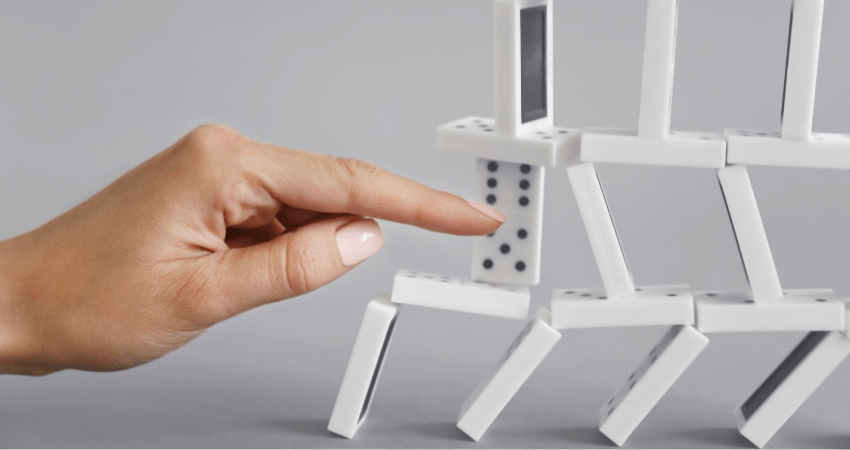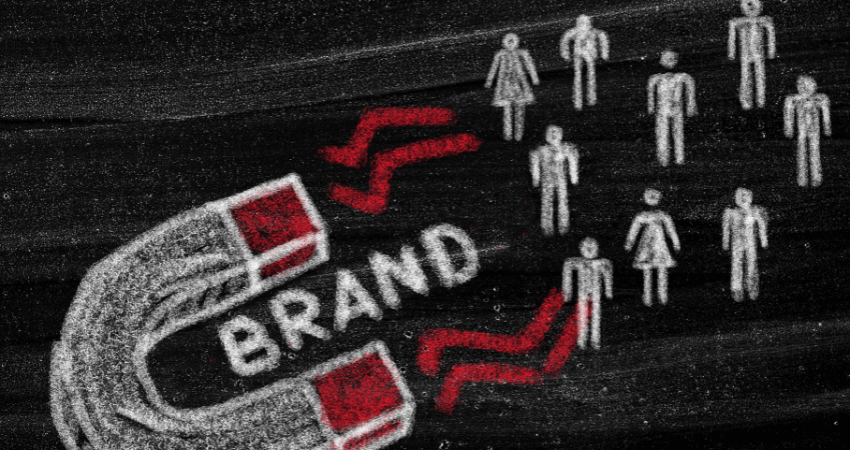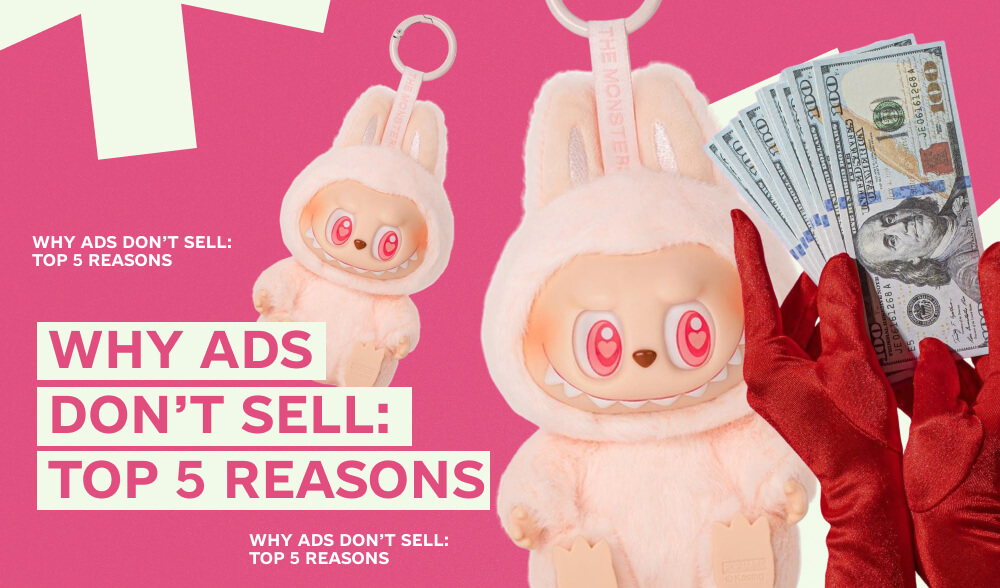Marketing in Ukraine today is faced not with a lack of ideas, but with a reality where news can “eat up” any product presentation, and the advance of trust is very easily taken away.

Creative is a tool, and our digital specialists are quite good at using it (although of course not all of them). But there is also a problem in the general context. Therefore, further on — about what exactly breaks sales efficiency and how to adapt to it so that the results please.
Who will it be useful for
- For marketing managers, business owners and employees of creative professions who “have creativity, but little effect”.
- If you are here now — it’s definitely for you!

Context diagnostics: changes after the invasion
Before discussing the “5 reasons”, it is necessary to record four structural changes in society that have been going on for years:
Reason 1. Emotional fatigue of the audience
What is happening: people are overloaded with alarm signals and quickly “merge” from any obsession. Creatives notice the emotional fatigue of the audience: attention is shortened, the trigger threshold increases.
What can be done about it:
Rewrite the presentation of messages in a calm, supportive tone; remove aggressive triggers.
In addition to “buy-buy-buy”, give micro-benefits: tips, hints, checklists.
The format “short and to the point”: vertical videos 15–30 seconds, visuals close to real life, one clear idea is read from 1 unit of content, 1 clear CTA that the target audience will understand.
Reason 2. Low trust
Low level of trust: promises do not work without transparency of actions. Loud promises are read as “dishonesty by default”.
Instead of the typical mistake of adding even more pathos and “ideal cases”, you can:
Show the process and people: who does it, how, what happens after payment.
Publish the rules: guarantees, terms, return conditions, service.
Admit and correct mistakes publicly: short cases “how we decided this”.
Reason 3. News displaces advertising
Informational content is more emotional than advertisements. The flow of often negative information eats up classic product presentations, so you need to test different formats and have a backup plan.
The following can help with this:
Embedding Q&A, explanations, instructions, and selections with various ready-made options into the content.
Present product messages through benefits: “how our service solves a specific situation that has happened.”
Have content modes: “hot day” — short and careful; “calm” — longer explanations.
Reason 4. Unstable purchasing behavior
The scenarios “save/postpone/can spend” alternate and the third one is not as we would like.
What is happening: demand fluctuations and “micro-budgets” change the logic of choice.
One offer “for everyone” and long or infrequent releases are not suitable here.
What to do:
Test hypotheses with small actions: 2–3 sprints instead of one “perfect” start.
Make several offer scenarios.
Maintain a tight feedback loop: question — answer — offer correction.
Reason 5. Ignoring local context
You need to be able to take into account the sensitivity of the moment: do not launch promos, loud announcements or entertainment activities on days of mourning, during massive shelling, mourning events in a city or region. It is better to change the tone and show empathy.
These changes emphasize the realities in which creativity must always think about how to present itself differently in order to make a profit.
How to adapt?
Focus on your audience (not “for everyone”)
- Clearly define “who exactly” the brand serves: segments by situations, not just demographics (for example: “temporarily saving”, “looking for a quick solution”, “ready to invest in quality”).
- Describe the context of this audience’s day: when they consume content, in what state, what are the time/money/emotional constraints.
- Refuse universal messages: it is better to have three clear messages for three scenarios than one that “will suit everyone”.
Triggers and pains: what to know and how to say
- “Stop” triggers: topics/tones that increase anxiety, shame, tire you or sound like pressure (“buy now”, “you can’t live without this”). Make a list of prohibited wordings.
- “Go” triggers: what reduces tension and helps here and now — clear instructions, honest conditions, predictable steps “what happens next”, real-life examples.
- Pains: specific obstacles for the audience (time, money, difficulty choosing, fear of making a mistake). For each — give a simple action: “exchange and return in one day”.
Be flexible
It is important to use the language of situations, and not one position once and for all: “how does it work if you have…”, “what to do when (a specific case)…”.
To do this, you need to define the role of the brand: to show your real path, to get closer by improving loyalty, without being arrogant.
Rejection strategy
- Consciously refuse channels/formats where the user is “not ours” and with whom trust does not grow well.
- Do not copy trends just for the sake of reach: consider any trend through the prism of “is this about my audience’s pain, does it understand it?”
- Measure “quality of attention”, not just views, analyzing the depth of interaction, completed dialogues, repeated returns.
Tone and manner of presentation are important
- People especially value a human tone of voice now.
- Principle: benefit first, promotion later.
- Short and clear messages that don’t need to be deciphered.
KPIs can be different
- Trust: what proportion of dialogues with a completed answer, the number of repeat interactions, NPS/CSAT.
- Usefulness: CTR/ER for different formats, time watching short videos, transitions from FAQ/guides.
- Conversion and microconversions (retention, subscription, questions in chat), sales according to offer scenarios.
- Research on behavior, seasonality, purchase factors and influence.
Final
Good marketing in Ukraine today is about respect and service. For it to work, creativity must become a form of care, and for this you need to understand the person, their life and limitations. Speak sincerely with them and make life easier, not the other way around.


